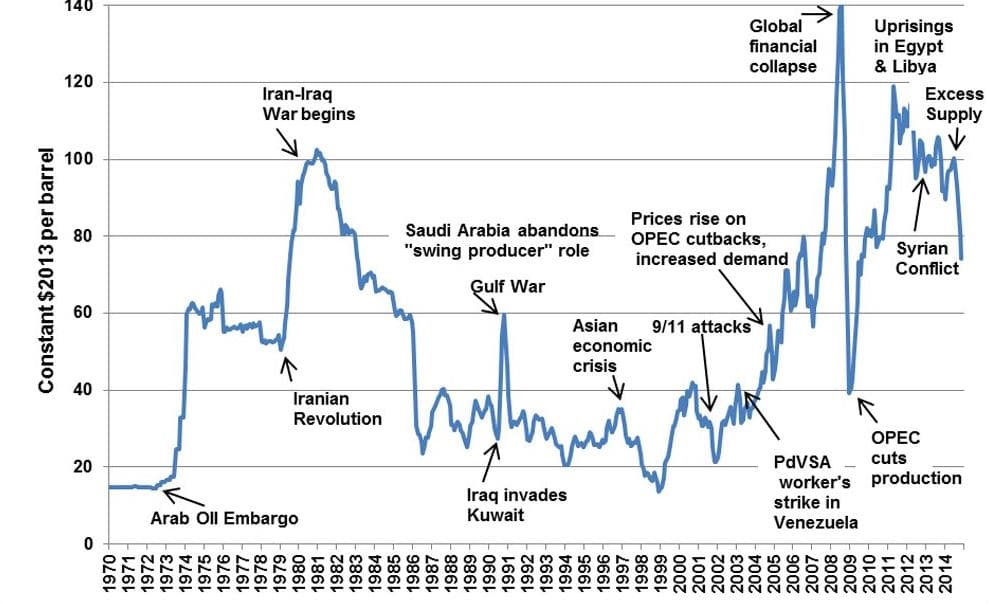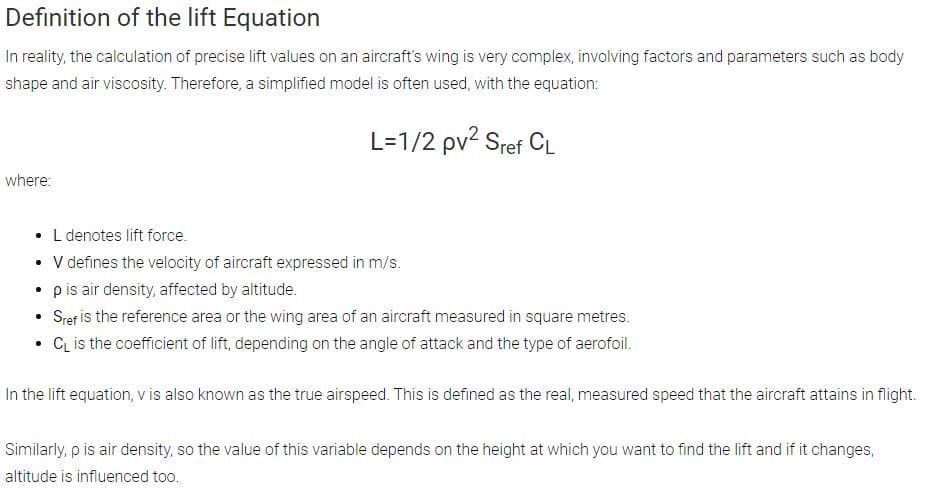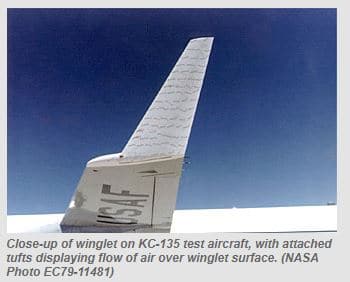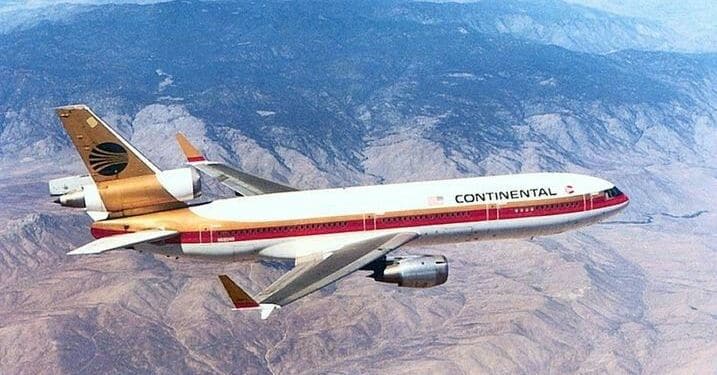Sure, for us AvGeeks, these funny things on the wingtips make something cool (a wing) look more cool. For what purpose – and how long have these been around?

Surprisingly, two aircraft that I am intimately familiar with participated in the development and use of the Winglets, the KC-135 and MD-11.


EUREKA!
NASA engineer, Dr. Richard T. Whitcomb, made three critical discoveries during his career.

As a 30 year old working at National Advisory Committee for Aeronautics (NASA predecessor), Dr. Whitcomb pondered a recent lecture on transonic airflow delivered by Dr. Adolph Busemann. Dr. Whitcomb, with feet on desk, visualized airplane structures and had the Eureka moment that to minimize drag, the length of aircraft body should be smooth creating the Area Rule.
Chronologically second, Whitcomb’s development of the Supercritical Wing delayed drag onset at high subsonic speeds. This created a more efficient wing eventually reducing fuel costs.
- Most A320s Now Fixed, But Airbus Flags New Metal Panel Issue Affecting Up To 628 Jets
- JSX ATR 42 Joins Fleet, Announces Controversial Airport as First Destination
- Why the Connecticut Air and Space Center Is One of New England’s Best Aviation Museums
- JetBlue Flight Plunge Triggers Airbus A320 Emergency Airworthiness Directive and Massive Global Grounding
- New Pacific Airlines Shuts Down: A Sudden End to a Complicated 2-Year Journey
Lastly, and the topic for today, Whitcomb studied the airflow of wing tips for soaring birds. He observed that birds’ wingtips curled upwards during flight. This generated an improvement to the end of wing design that he called Winglets.
PURPOSE
During the Oil Crisis of the 1970’s, Oil prices raised considerably. In 2013 dollars from the following chart, oil went from under $20 to over $100 per gallon.

Dr. Whitcomb developed the winglet concept to increase fuel efficiency by reducing overall drag. Consider the lift equation below.

Decreasing induced drag at the wingtips increases lift and makes a more efficient wing, thereby saving fuel. Dr. Whitcomb knew that as air moves across and outward along the wingtip, high pressure below the wing seeks low pressure above the wingtip, creating the the wingtip vortices. The installation of a winglet interrupts and decreases the vortices at the wingtip.

TESTING
Testing began in 1979 on KC-135s at Dryden Test Facilities at Edwards AFB and engineers validated fuel mileage rate increased by 6.5%.

In the early 1980’s, McDonnell Douglas used a Continental Airlines DC-10-10 to test the performance improvements using winglets. The range and efficiencies increase by 5% and led to full usage within the production of the follow-on MD-11.

Nearly all commercial aircraft and some military aircraft use the winglet technology developed by Dr. Whitcomb. As we AvGeeks traverse the skies using inventions developed by seriously smart people, we truly appreciate any extra fuel available due to winglets.
